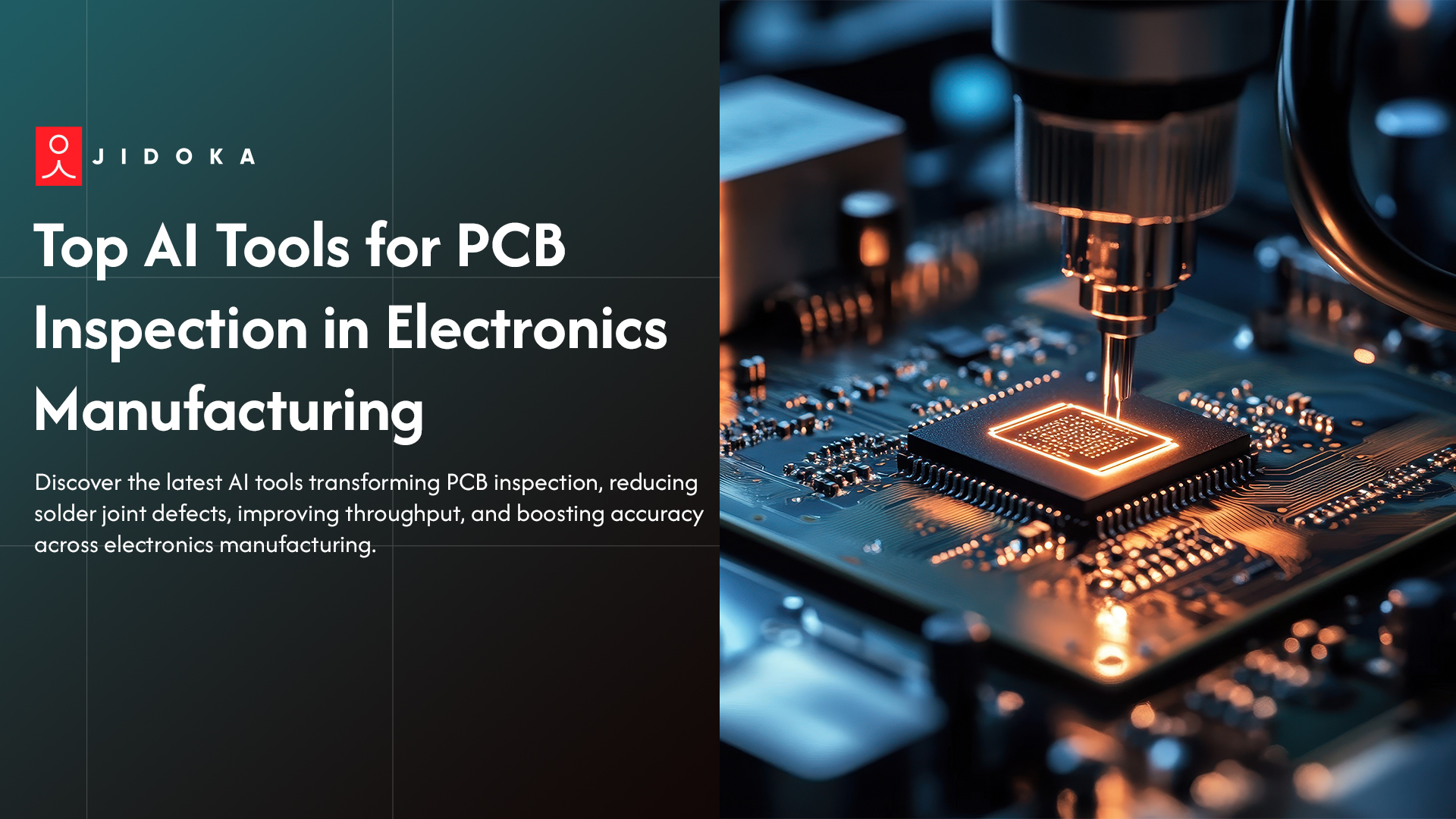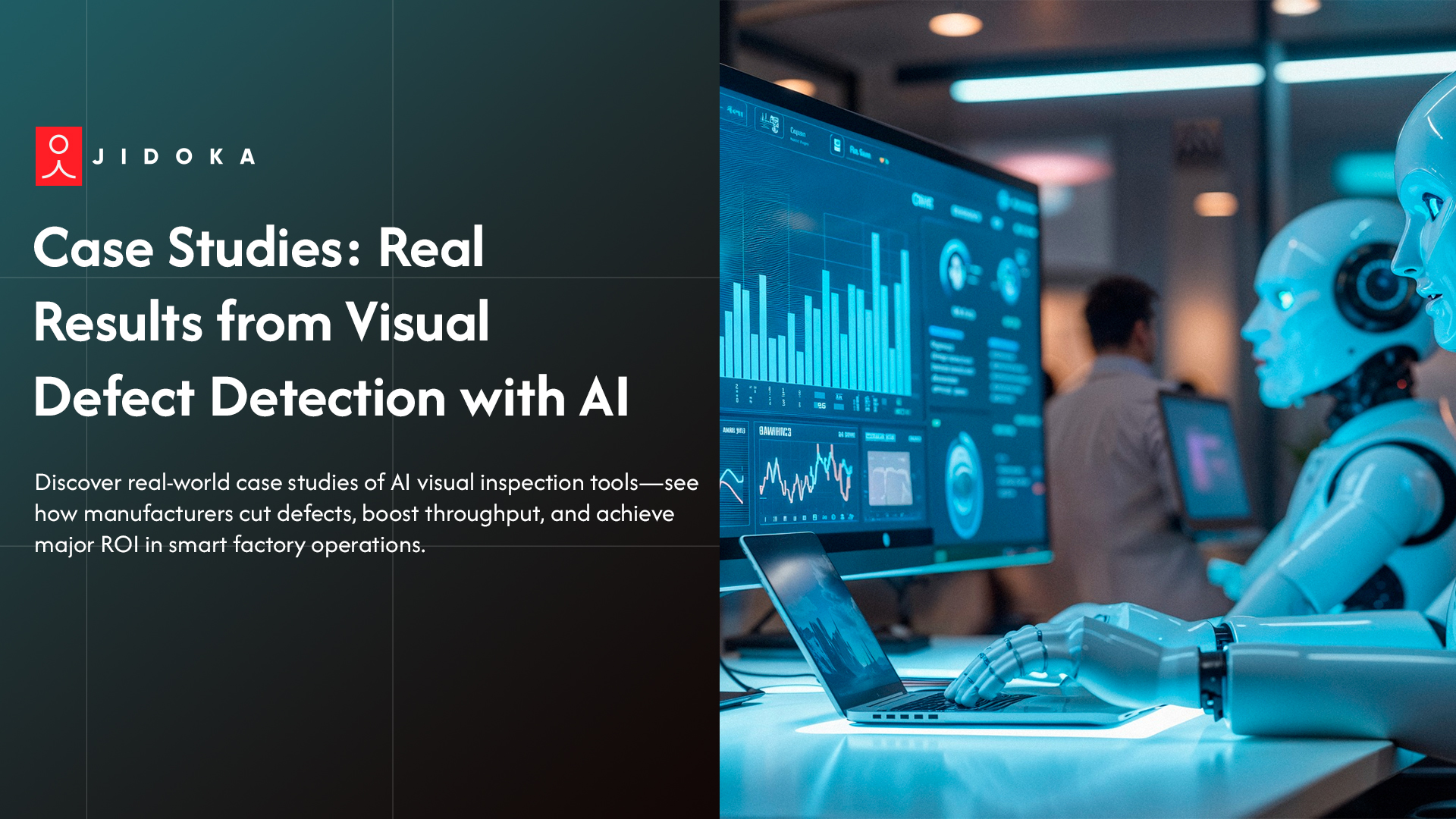A single product defect can mean costly recalls, supply chain problems, and a damaged reputation for U.S. manufacturers. Human inspection is important, but it just can't keep up with the required speed and precision. This is where automated machine vision systems take over.
The global market for computer vision defect detection hit $19.82 billion in 2024. It's set to grow at a CAGR of 19.8% from 2025 to 2030, driven by the need for flawless quality. At the heart of this is the industrial camera.
In fact, the industrial camera market is forecast to jump from $11.63 billion in 2024 to $13.52 billion in 2025, with North America leading this adoption. But what makes an industrial camera different from a webcam? How does it find flaws invisible to the human eye?
Let's dive in.
What Is an Industrial Camera (and Why Isn't It a Webcam)?
You've likely heard the term, but you might picture a standard security camera. An industrial camera is a completely different tool, built for a specific, demanding job. Think of it as a purpose-built "eye" for a machine. It's a core component of machine vision systems, designed for reliability and accuracy above all else.
Key Features That Define a Real Industrial Camera
- Rugged Build: It's designed to withstand vibration, dust, and temperature swings on the factory floor.
- High Resolution & Sensitivity: It uses advanced CMOS sensors to capture microscopic details and subtle color variations that a human would miss.
- High Frame Rates & Global Shutter: A "global shutter" captures the entire image instantly. This freezes fast-moving objects without the "jello" blur a regular camera would create, which is essential for high-speed production lines.
- Data & Control: It uses specialized interfaces (like GigE Vision or USB3 Vision) for reliable, high-bandwidth data transfer and precise triggering.
But the industrial camera itself is just one piece of the puzzle. It's how this data is used that makes automated inspection work.
How Your Industrial Camera System Actually Detects Defects
So, an industrial camera captures a high-speed image. But how does that image turn into a "pass" or "fail" decision? The camera provides the raw data, but it's the full machine vision system that makes the call in milliseconds. The process is a seamless blend of hardware and smart software.
Step 1: Capturing the Perfect Image
First, the industrial camera is triggered (often by a sensor) to capture a high-resolution image of the product as it passes. This single image contains all the data, pixel by pixel on the product's dimensions, colors, and surface texture for automated defect detection.
Step 2: Analysis by the "Brain" (Image Processing)
This is where the magic happens. The image is instantly sent to an industrial PC or vision controller. Here, image processing software (often using AI) analyzes the image. It compares it against a "golden standard", a stored image of a perfect product.
Step 3: The Millisecond Decision
The system instantly identifies anomalies. Is a label crooked? Is there a microscopic crack in a circuit board? Is a bottle cap sealed incorrectly? The system finds the flaw and sends a signal to other machinery, like a pneumatic arm, to reject the faulty item. This all happens without slowing down the line.
Of course, the industrial camera and software can only analyze the image they are given. That image quality depends entirely on the next component.
The Unsung Hero: Why Lighting for Inspection Is Non-Negotiable
You can have the most expensive industrial camera on the market, but without the right lighting for inspection, it's blind. This is the top reason why machine vision systems fail. The goal of industrial lighting isn't to make the product look pretty. The goal is to make the defect stand out.
How Different Lighting Techniques Reveal Hidden Flaws
- Backlighting: This technique shines light from behind the object, creating a sharp silhouette. It's perfect for automated defect detection related to shape. It instantly finds edge defects, confirms if a hole is present, or measures an outer dimension.
- Dome Lighting: This method surrounds the object in soft, diffuse light, like a cloudy day. It eliminates all shadows and glare. This is the go-to technique for inspecting shiny, curved, or reflective surfaces (like cans or glass) for scratches and dents.
Low-Angle / Dark-Field Lighting: This light rakes across a surface at a very low angle. A flat, perfect surface stays dark, but any surface defect, like an etch, a scratch, or a speck of dust—will catch the light and "pop," appearing bright and obvious to the industrial camera.
Choosing the right lighting for inspection is an art, but it's what allows the industrial camera to work in so many different situations.
From Assembly Lines to Semiconductors: Industrial Cameras in U.S. Manufacturing
Across the United States, machine vision systems are the new standard for manufacturing quality control in almost every sector. An industrial camera isn't a niche tool; it's a flexible solution for countless automated inspection tasks.
- Automotive: On a car assembly line, an industrial camera can inspect engine block welds for porosity, verify that dashboard components are present, and confirm adhesive bead placement on a door panel. They achieve 99.9% accuracy, catching micro-level defects like tiny paint scratches or misaligned parts that are impossible to spot at high speeds.
- Electronics: In semiconductor and electronics manufacturing, the work is microscopic. High-resolution machine vision systems perform 3D inspection on solder paste (SPI) and ensure tiny components on a PCB are aligned with micrometer precision, tasks the human eye simply cannot do.
- Food & Beverage: Here, speed and safety are everything. An industrial camera checks for foreign contaminants, verifies fill levels, and confirms label and expiration date accuracy on thousands of bottles or packages per minute, 24/7, without a single break.
- Pharmaceuticals: In a highly regulated industry, machine vision systems provide 100% verification. They validate blister pack contents, inspect pills for correct shape and color, read serial numbers for track-and-trace, and ensure 100% seal integrity on vials.
This technology is the key to moving from "good enough" quality to provable, 100% automated defect detection.
How Jidoka Can Help You Achieve 100% Quality Control
Choosing the right industrial camera, lens, and lighting for inspection is a complex technical challenge. This is where Jidoka helps you implement "autonomation" or automation with a human touch. We specialize in designing and integrating end-to-end machine vision systems tailored to your specific production goals.
- AI-Powered Defect Detection: We use deep learning to find complex flaws with over 99.5% accuracy, catching errors human inspectors and old systems miss.
- Turnkey Hardware Solutions: We provide complete, pre-configured hardware stations that integrate directly into your line for 360-degree inspection at high speeds.
- Real-Time Process Optimization: Our systems don't just find defects; they provide data to help you find the cause, preventing errors from happening again.
With 48+ Trusted Customers Worldwide and 100+ Successful Implementations, we help you move from "good enough" quality to provable, 100% defect detection.
Learn more about our automated inspection solutions → Jidoka.
Conclusion
Relying on outdated inspection or a bad industrial camera system is risky. Inspector fatigue and high production speeds make 100% manual quality assurance impossible, forcing you to hope a critical defect hasn't slipped through.
That hope isn't a strategy. A single faulty shipment can cause a devastating recall, angry customers, and lost brand trust. Your competitors are already using automated inspection to guarantee quality, leaving you to deal with the consequences.
An industrial camera is just one piece. Jidoka delivers a complete machine vision system. Our AI-powered solutions provide 100% automated defect detection, protecting your brand and your bottom line.
Connect to Jidoka today and discover the power of 100% automated quality control.
FAQs
1. What's the difference between machine vision and computer vision?
Computer vision is the broad science of teaching computers to see. Machine vision systems are a focused industrial tool. They use an industrial camera and software to perform a specific task, like automated inspection for manufacturing quality control, rather than just general image recognition.
2. What is an area scan vs. a line scan camera?
An area scan camera captures a full 2D image at once, like a standard photo, making it great for stationary parts. A line scan camera captures only a single row of pixels at very high speed. It builds a complete, seamless image as the product moves underneath it, perfect for continuous webs or large surfaces.
3. Why are industrial cameras so much more expensive than regular cameras?
An industrial camera costs more due to its specialized components and extreme reliability. It's built to run 24/7 in harsh environments. It uses advanced CMOS sensors for high-precision image processing and a global shutter to freeze high-speed motion, features not found in consumer cameras.
4. Can an industrial camera system use AI?
Absolutely. AI, or deep learning, is a game-changer for machine vision systems. While old software needed perfect rules, AI can be trained to find complex, variable flaws. This allows for more powerful automated defect detection, spotting subtle issues like scratches or cosmetic flaws that traditional systems would miss.
5. What is Industry 4.0 and how do these cameras fit in?
Industry 4.0 is the "smart factory" where machines are connected. Industrial cameras are the "eyes" of this factory. They provide the real-time automated inspection data that allows the entire production line to make intelligent decisions, ensuring 100% manufacturing quality control and optimizing the process automatically.
%20What%20Are%20Industrial%20Cameras%20and%20How%20do%20They%20Help%20With%20Defect%20Detection_.jpg)







